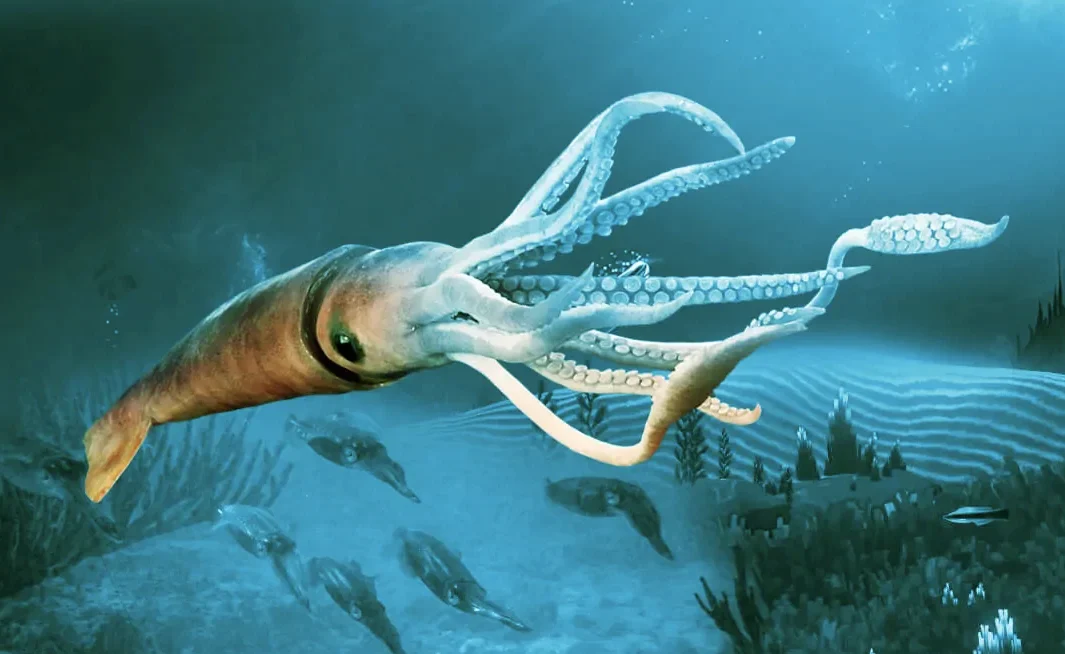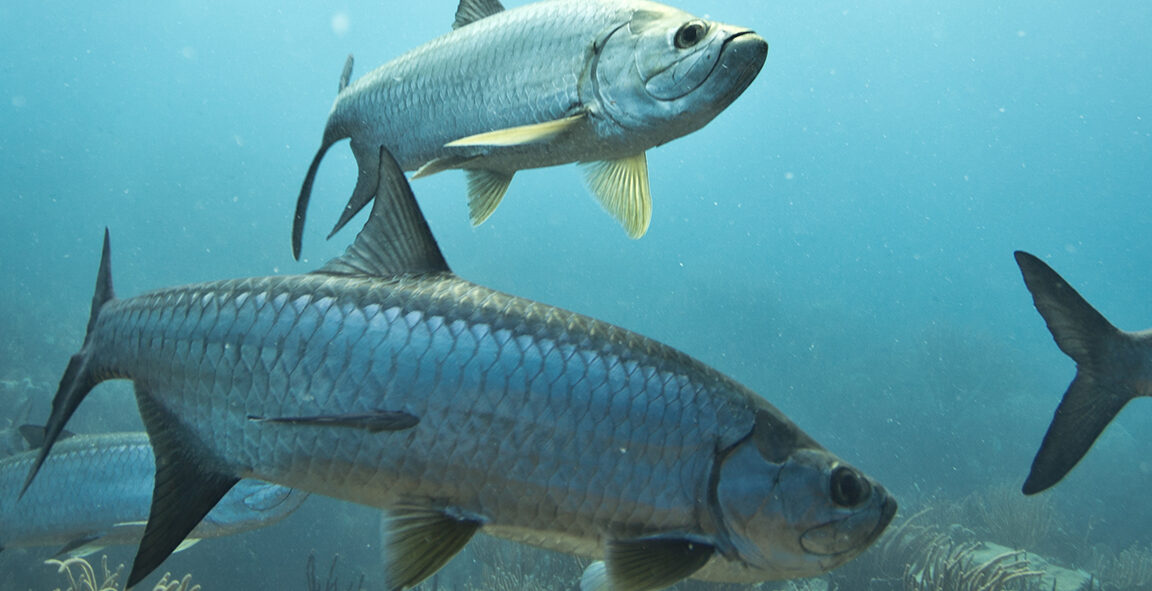Fishing is both a relaxing pastime and a challenging sport. Whether you’re a seasoned angler or a beginner looking to improve, learning advanced fishing techniques can significantly increase your catch. This article will cover some of the most effective strategies to help you catch more fish.
1. Understanding Fish Behavior
Understanding fish behavior is crucial. Fish are influenced by various factors such as water temperature, time of day, weather conditions, and their natural feeding habits. For instance, many species are more active during early morning or late evening when the water is cooler. By observing these patterns, you can plan your fishing trips for the best times.
2. Choosing the Right Gear
Having the right equipment can make a big difference. Advanced anglers often invest in high-quality rods, reels, and lines suited to the type of fishing they plan to do. For example, fly fishing requires different gear compared to deep-sea fishing. Make sure to match your equipment to the fishing environment and the species you’re targeting.
3. Using the Right Bait
Fish have preferences for certain types of bait. Live bait such as worms, minnows, and insects can be very effective. However, artificial lures designed to mimic the movement and appearance of prey can also be highly successful. Experiment with different baits to see what works best for the fish species in your area.
4. Mastering Casting Techniques
Accurate casting is essential for placing your bait where fish are likely to be. Practice different casting techniques such as overhead, sidearm, and roll casting. Learning to cast accurately and quietly can prevent spooking the fish and increase your chances of a successful catch.
5. Using Advanced Fishing Knots
A strong and secure knot is vital to ensure that your line doesn’t break when you hook a fish. Learn to tie advanced fishing knots like the Palomar knot, the improved clinch knot, and the loop knot. These knots provide better strength and reliability compared to basic knots.
6. Reading the Water
Being able to read the water is a skill that can greatly improve your fishing success. Look for signs such as ripples, splashes, or changes in water color, which can indicate the presence of fish. Pay attention to structures like rocks, logs, and weed beds where fish might hide.
7. Using Technology
Modern technology can give you an edge in fishing. Fish finders and sonar devices can help locate fish and understand the underwater environment. GPS units can help you mark successful fishing spots and navigate waters more effectively.
8. Adapting to Conditions
Flexibility is key in fishing. Weather, water conditions, and fish behavior can change rapidly. Be prepared to adapt your techniques, change your bait, or move to a different spot if you’re not having success. Patience and persistence are essential qualities for any angler.
9. Practicing Catch and Release
Sustainable fishing practices are important to preserve fish populations. Practice catch and release when appropriate, handling fish gently and minimizing their time out of the water. Use barbless hooks to make release easier and less stressful for the fish.
10. Learning from Others
Joining a fishing club or community can provide valuable insights and tips from experienced anglers. Participate in fishing forums, watch instructional videos, and attend workshops to continually improve your skills.
Advanced fishing techniques can significantly enhance your fishing experience and increase your catch rate. By understanding fish behavior, choosing the right gear, using effective baits, and practicing advanced techniques, you’ll become a more successful angler. Remember to respect the environment and practice sustainable fishing to ensure that future generations can enjoy this rewarding activity. Happy fishing!


